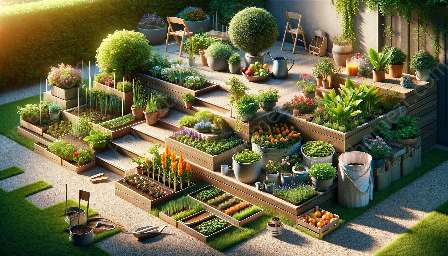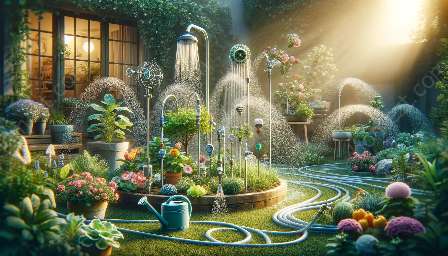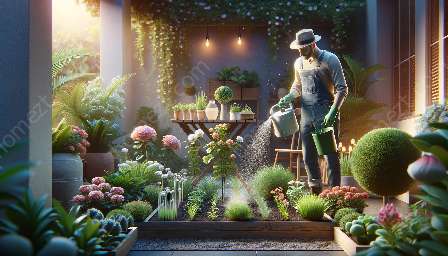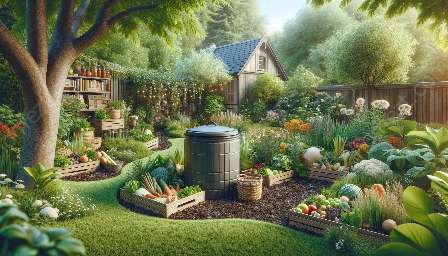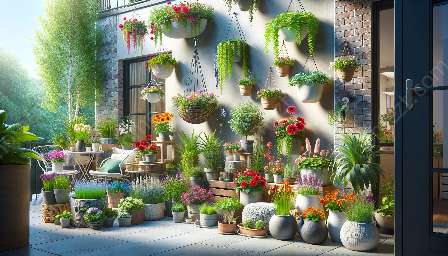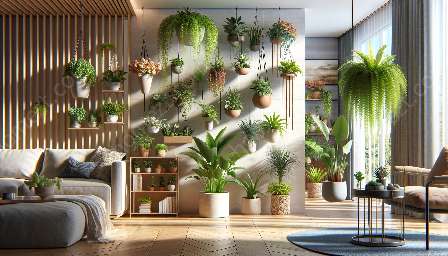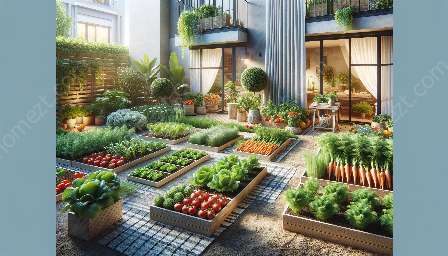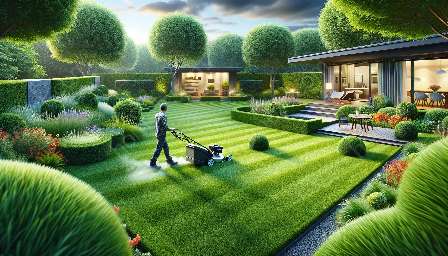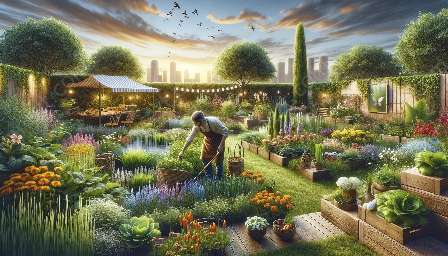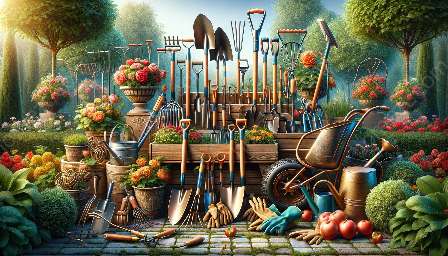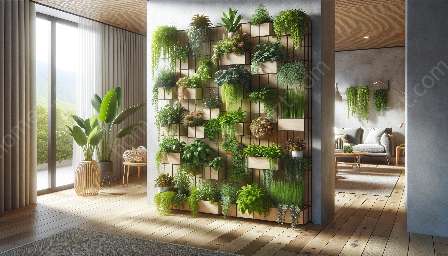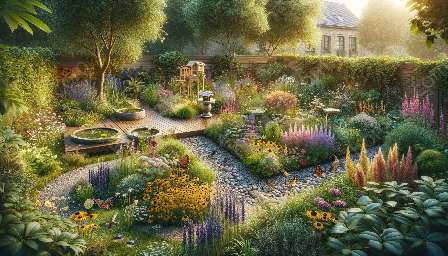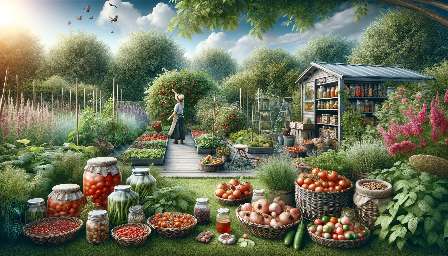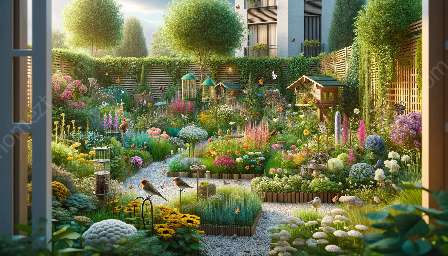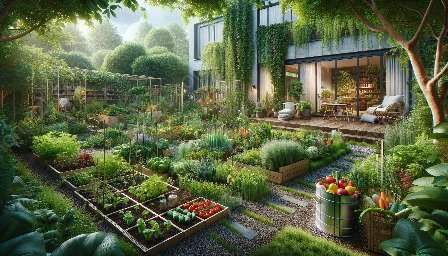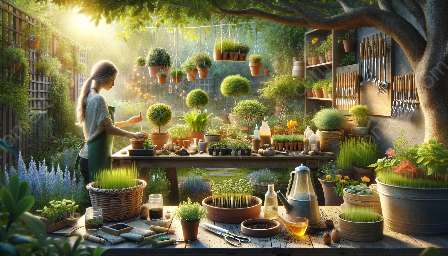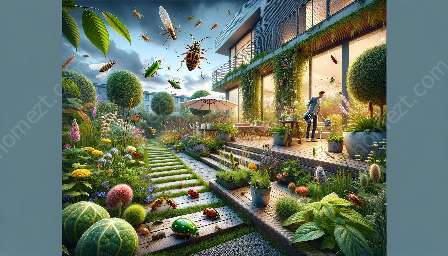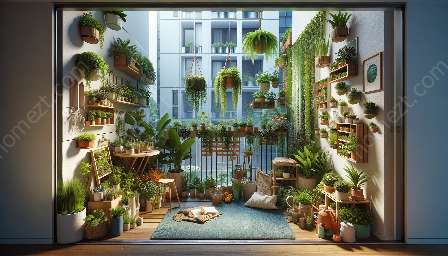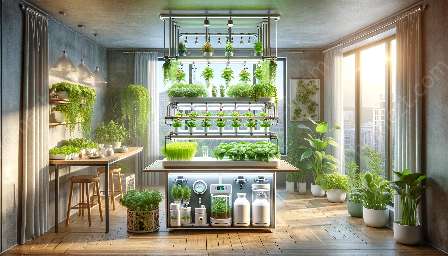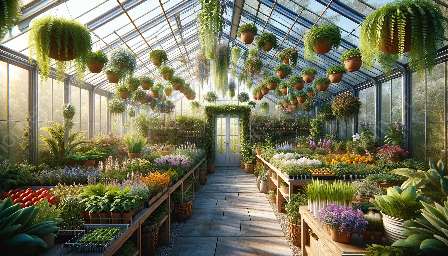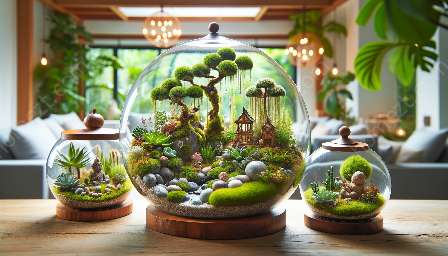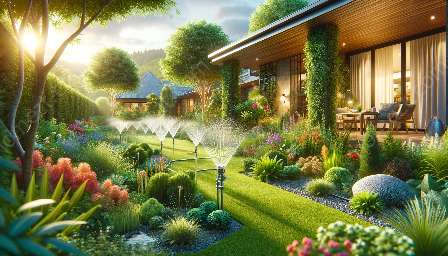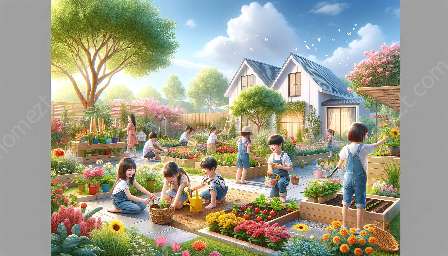Are you looking to elevate your gardening skills and enhance your home's curb appeal? Proper watering methods are essential for maintaining a healthy and vibrant garden while contributing to overall home improvement.
Understanding the Importance of Watering
Water is a fundamental element for the growth and survival of plants. Different plant species have varying water requirements, and providing the right amount of water through appropriate methods is crucial for their well-being. By mastering effective watering techniques, you can achieve lush and thriving landscapes that elevate your home's aesthetics.
Choosing the Right Watering Equipment
Before delving into specific watering methods, it's essential to select the appropriate watering equipment. Hoses, watering cans, sprinklers, and drip irrigation systems are common tools used for watering plants. Consider factors such as the size of your garden, plant types, and water pressure to choose the best equipment for your gardening needs.
Watering Methods
1. Hand Watering
Hand watering involves using a watering can or hose to individually water plants. This method allows for precision and control, making it ideal for potted plants or specific areas of the garden. Take care to water the plant's root zone thoroughly, ensuring the water penetrates the soil to hydrate the roots.
2. Sprinkler Systems
Sprinkler systems are popular for larger garden spaces. These systems distribute water evenly over the designated area, providing comprehensive coverage. Consider the layout of your garden and the water distribution pattern of the sprinkler heads to ensure efficient and uniform watering.
3. Drip Irrigation
Drip irrigation is a water-efficient method that delivers water directly to the plant's root zone through a system of tubes and emitters. This targeted approach minimizes water wastage and reduces the risk of water-related diseases, making it an environmentally friendly and effective solution for watering plants.
4. Soaker Hoses
Soaker hoses are porous and deliver water directly to the soil along their length. This method is ideal for flower beds, vegetable gardens, and shrub borders. By allowing water to seep slowly into the soil, soaker hoses promote deep root growth and prevent surface evaporation.
Best Practices for Efficient Watering
Regardless of the watering method you choose, certain best practices can optimize water usage and promote healthy plant growth:
- Water plants in the early morning or late afternoon to reduce water loss through evaporation.
- Mulch the soil to conserve moisture and regulate soil temperature.
- Regularly inspect plants for signs of overwatering or underwatering and adjust your watering schedule accordingly.
- Group plants with similar water needs together to streamline the watering process.
- Consider using rain barrels to collect and utilize rainwater, reducing dependency on municipal water sources.
Monitoring and Adapting
As a gardener, it's essential to monitor the effects of your chosen watering method and adapt to the changing needs of your plants. Factors such as seasonal variations, weather conditions, and plant growth stages can influence your watering practices. By observing your garden and making necessary adjustments, you can ensure the optimal health and success of your plants.
Conclusion
Effective watering methods play a significant role in nurturing a vibrant and flourishing garden, ultimately enhancing your home's exterior appeal. By mastering different watering techniques and adhering to best practices, you can create an oasis of greenery and beauty that adds value and charm to your home. Embrace the art of watering, and witness the transformation of your garden into a thriving haven of natural splendor.


